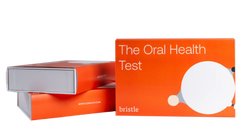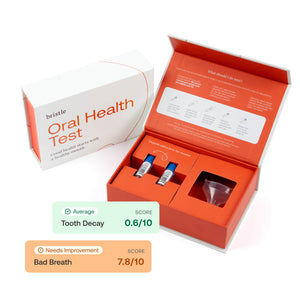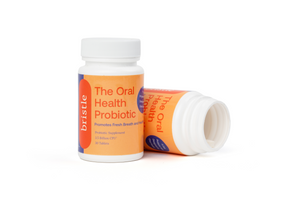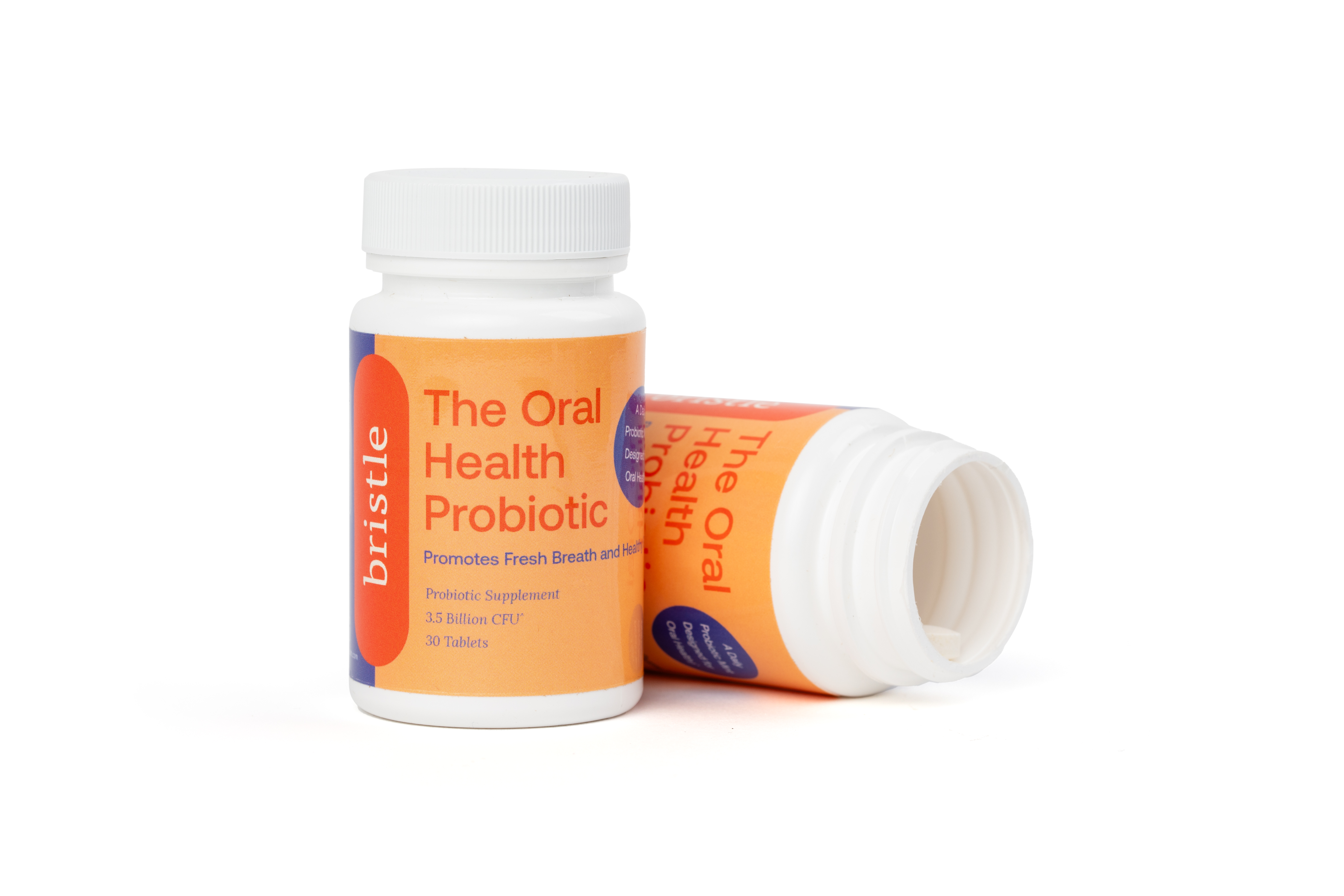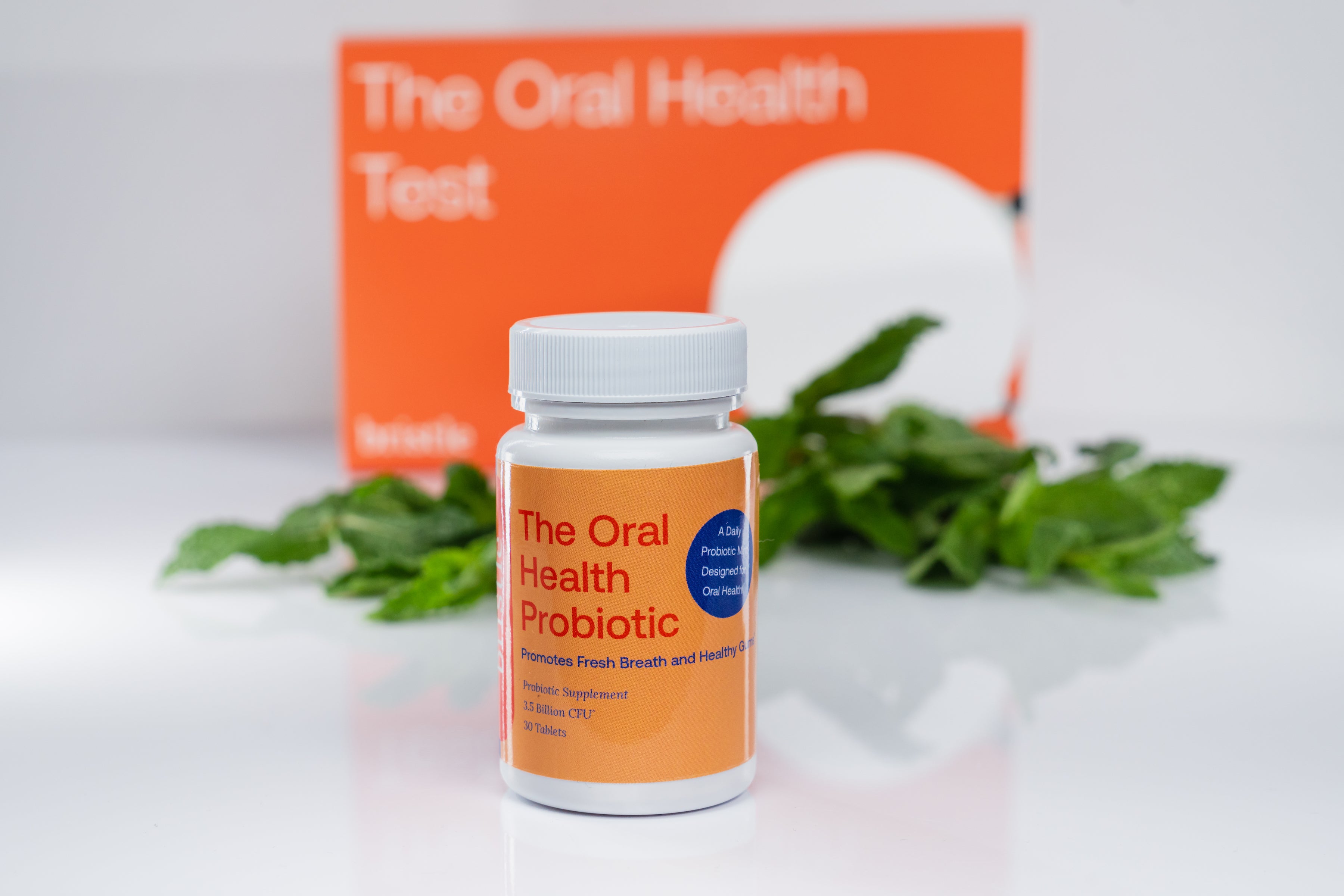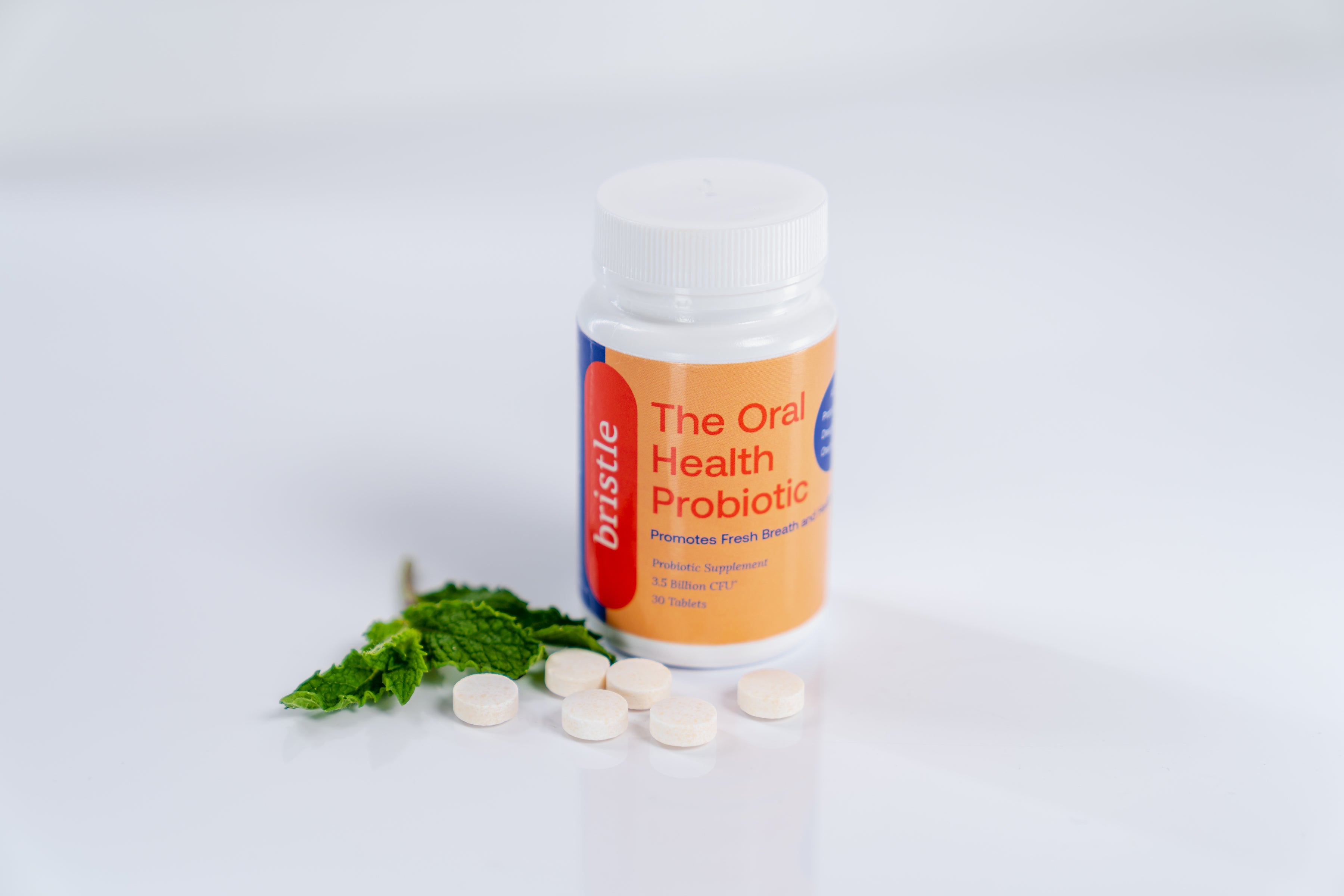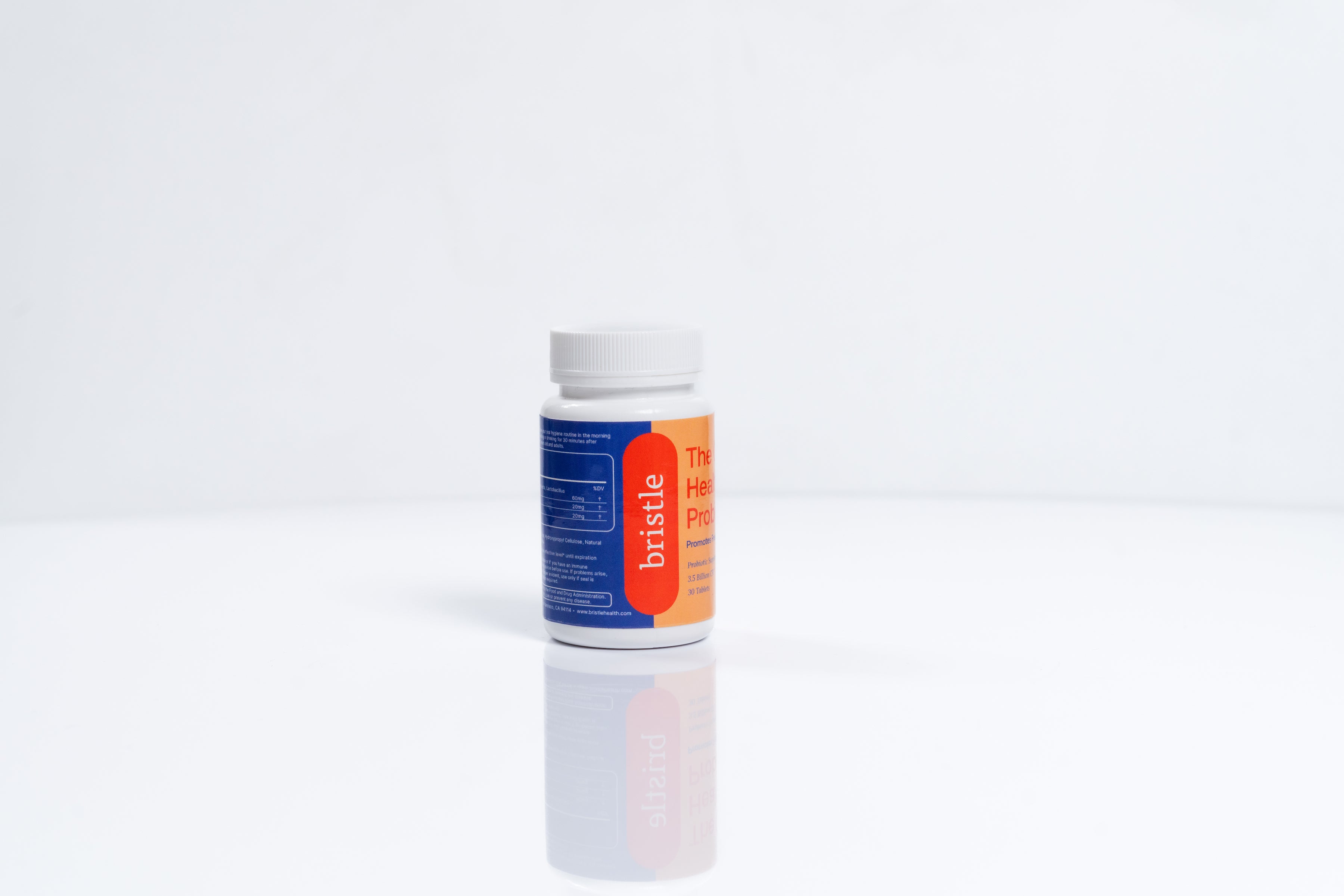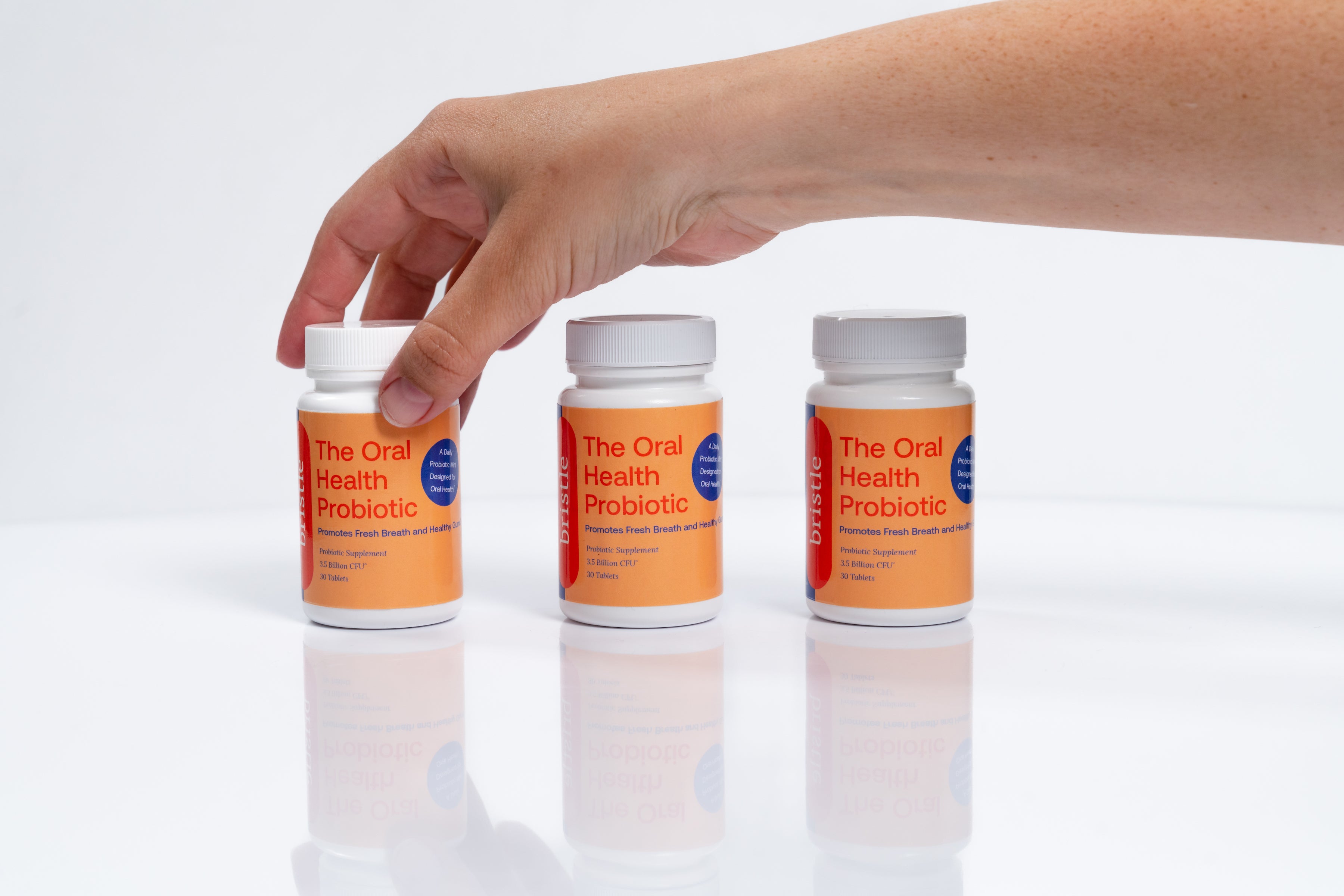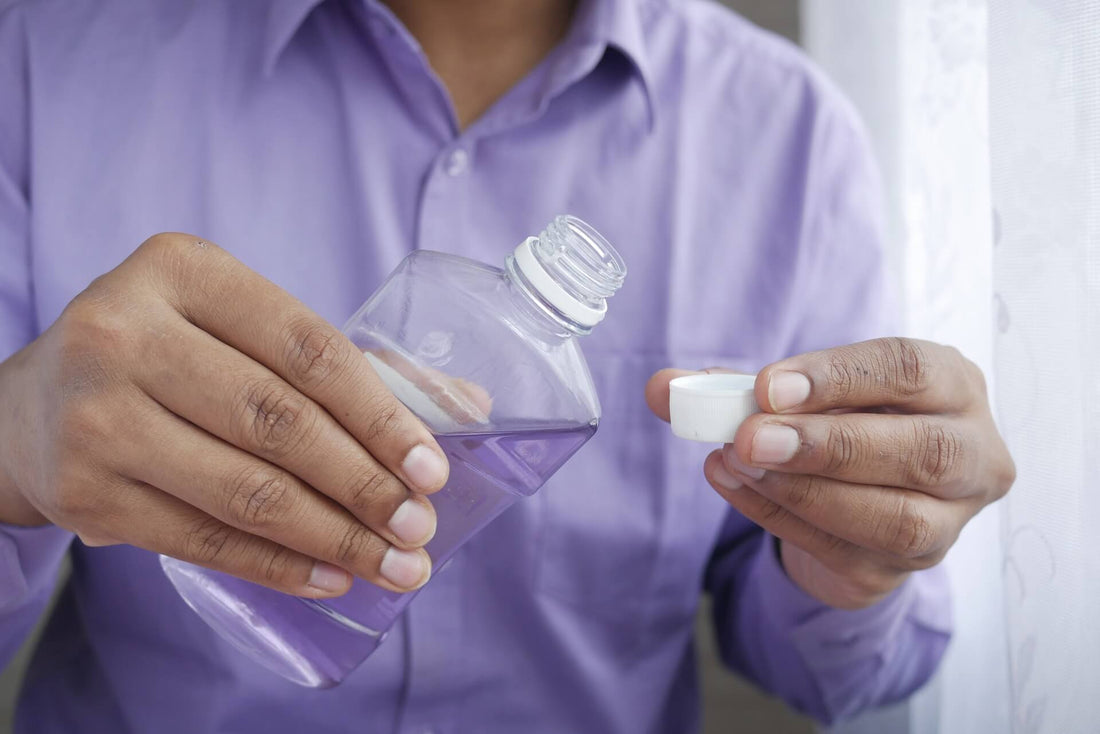We all know that we are supposed to brush our teeth twice a day and floss, but two recent studies found that 90% of Swedish adults weren’t doing so correctly, leading to an increased risk of cavities and gum disease. Incorrect brushing and flossing can also cause unnecessary pain and bleeding, making us more likely to avoid performing them. This guide will explain how to adjust your technique to make it more effective and less painful to take care of your teeth.
Before we cover the common mistakes and correct techniques for good oral hygiene, let’s quickly review why we brush and use floss in the first place.
Why we brush and floss
We each have a community of bacteria that live in our mouths, known as our oral microbiome. When certain “bad” bacteria build up on our teeth and tongue, they begin to wreak havoc in our mouth and cause oral health problems. Some of these species produce acid that leads to tooth decay and causes cavities or tooth loss. Others burrow into our gum line and cause inflammation that leads to gum diseases like gingivitis or periodontitis (also called periodontal disease). It usually also produces compounds containing an unpleasant odor, giving us bad breath.
The goal of regular brushing and flossing is to remove any leftover food particles that these harmful bacteria can feed on and remove plaque and bacteria hiding in our gum lines and tooth surface. The gum-line bacteria are anaerobic, meaning they cannot survive in environments with oxygen, so we just need to raise them above our gum lines to kill them.
Proper brushing technique
The first step in proper brushing technique is to make sure you have the correct toothbrush and toothpaste.
Bristle Strength?
For nearly everyone, the correct toothbrush should have soft or extra-soft bristles. It doesn’t take much force to remove the food particles and bacteria, and using too much pressure or a medium-or-hard bristled toothbrush may actually cause more damage to our enamel.
Electric or Manual?
Research has shown that both electric toothbrushes and manual toothbrushes are effective, so typically the most effective is whichever you consistently enjoy using.
Toothpaste?
Make sure to use fluoride toothpaste. Fluoride has the dual benefit of reducing harmful bacteria buildup while also strengthening our tooth enamel, lowering the risk of tooth decay. The fluoride particles stick to our teeth and are incorporated into our teeth to make them stronger. The belief that low-grade fluoride is toxic is has been disproven by numerous studies.
Now that we have the correct toothbrush and toothpaste let’s cover the optimal technique for brushing.
How to brush correctly

Common mistakes
Proper Flossing
The majority of us avoid flossing daily (with 20% avoiding entirely), and one-third of people say they would rather sit in gridlock traffic than floss. This is an issue because brushing only cleans ~60% of your mouth, and flossing picks up the remaining 40% on the inner surfaces of our teeth. Flossing has been shown to reduce cavities and gum disease (and lying to the dentist about how often you floss).
The good news is that if you hate flossing because of bleeding or pain, you are probably doing it wrong. When appropriately done, flossing should be painless and prevent gum bleeding over time by reducing inflammation.
How to floss correctly
Here’s how to floss the proper way with the C-Shape technique:
Common mistakes
At Bristle, we test your saliva and give you a report of your microbiome and disease risk with personalized recommendations designed to work best for your mouth.
